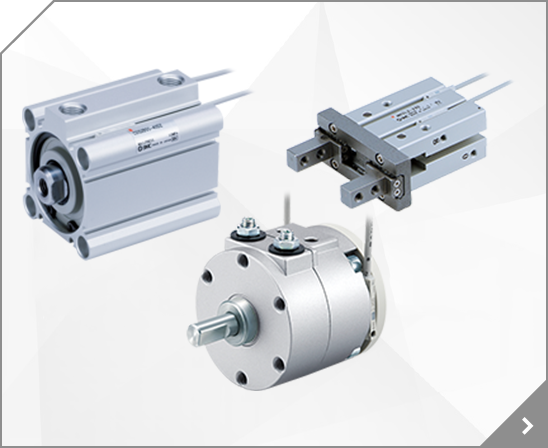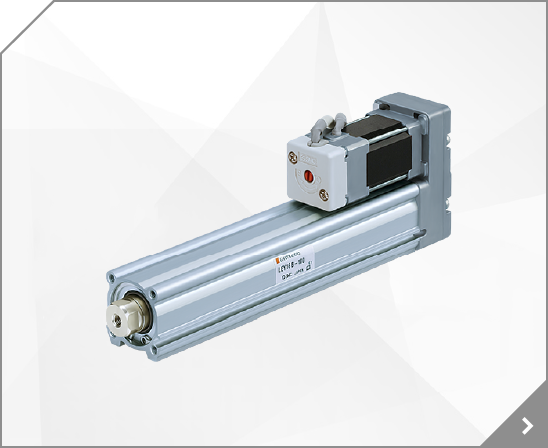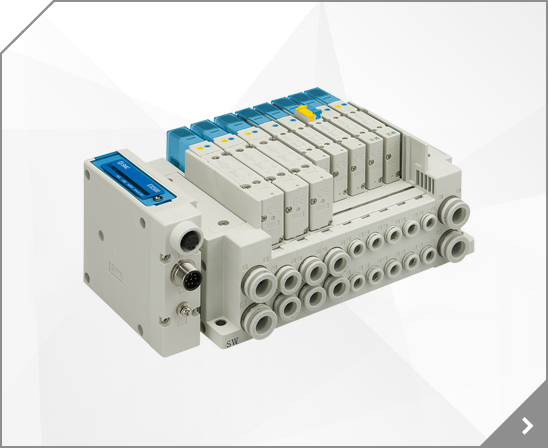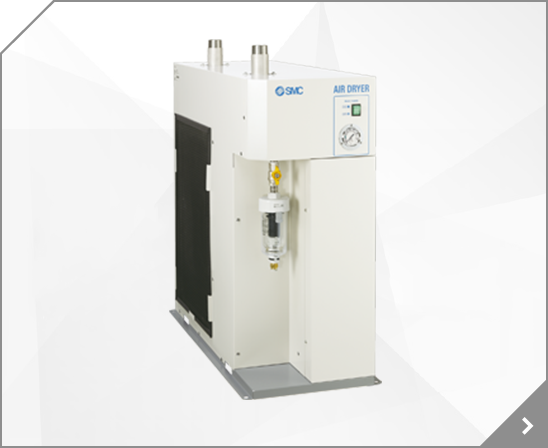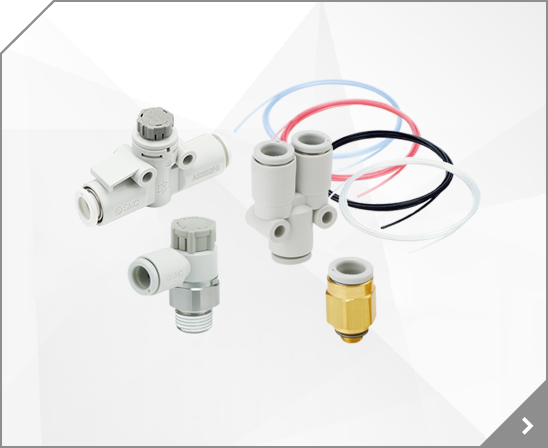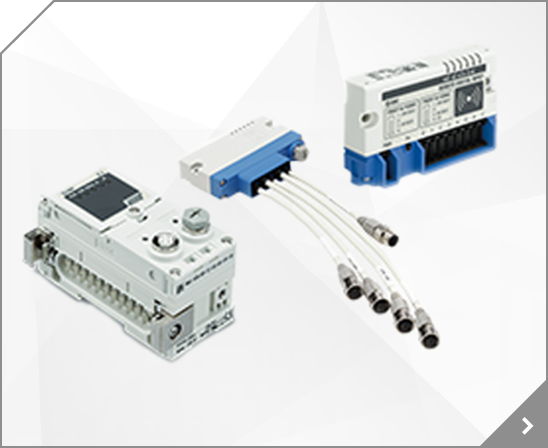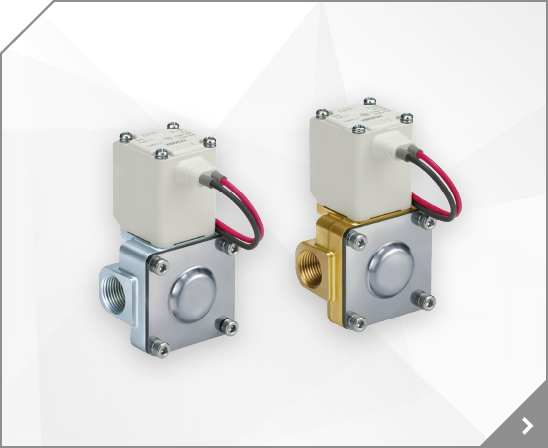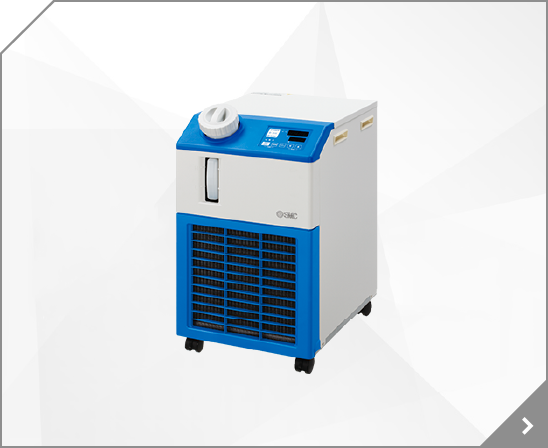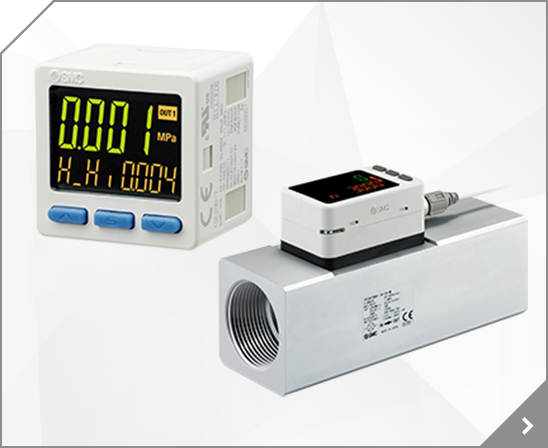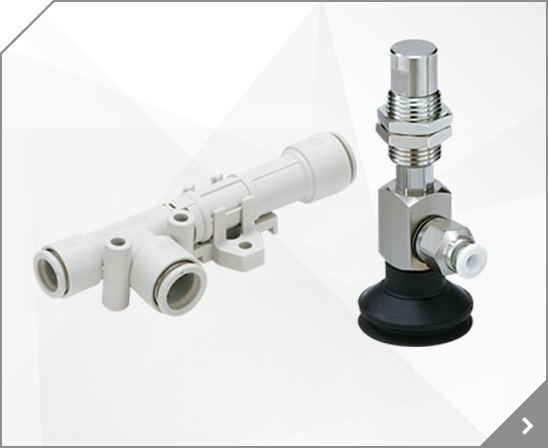
Magnet: None, Mounting: F (Rod Flange), Bore Size: 40mm, Port Thread: Rc, Stroke: 150mm, Rod End Thread: Male Rod End
Magnet: D (Built-in Magnet), Mounting: L (Axial Foot), Cushion Type: A (Air Cushion), Bore Size: 40mm, Stroke: 150mm, Thread: Male Rod End, Rod Boot: None
Magnet: D (Built-in Magnet), Mounting: Z (Basic, w/o Trunnion Mounting, Female Thread), Cushion Type: A (Air Cushion), Bore Size: 40mm, Stroke: 150mm, Thread: Male Rod End, Rod Boot: None
Magnet: D (Built-in Magnet), Mounting: B (Basic), Bore: 32mm, Thread: TN (NPT), Stroke: 150mm, Rod Boot: None, Cushion: Air Cushion
The new style MGP has a shorter guide rod and thinner plate resulting in a weight reduction of up to 17% over the original MGP. The series is designed for high side load applications found in material handling, lifting and stopping. The cylinder utilizes an ultra-compact design by incorporating the cylinder body as part of the guide body.
Magnetically coupled cylinders have a wide range of applications, and save mounting space. Loads and moments are possible through the use of integrated guides. A variety of guides can be used to achieve the necessary accuracy or allowable moment needed for your application. CY is available in 9 bore sizes, from 6mm to 63mm with standard stokes up to 1000mm.
Magnetically coupled cylinders have a wide range of applications, and save mounting space. Loads and moments are possible through the use of integrated guides. A variety of guides can be used to achieve the necessary accuracy or allowable moment needed for your application. CY is available in 9 bore sizes, from 6mm to 63mm with standard stokes up to 1000mm.
The standard air cushion utilizes a floating cushion seal to eliminate piston rod bouncing. The cushion volume has been elevated permitting about 30% more allowable kinetic energy absorption. The port and captive cushion adjustment valve are located on the same side of cap for heightened access.
The standard air cushion utilizes a floating cushion seal to eliminate piston rod bouncing. The cushion volume has been elevated permitting about 30% more allowable kinetic energy absorption. The port and captive cushion adjustment valve are located on the same side of cap for heightened access.
The standard air cushion utilizes a floating cushion seal to eliminate piston rod bouncing. The cushion volume has been elevated permitting about 30% more allowable kinetic energy absorption. The port and captive cushion adjustment valve are located on the same side of cap for heightened access.
The standard air cushion utilizes a floating cushion seal to eliminate piston rod bouncing. The cushion volume has been elevated permitting about 30% more allowable kinetic energy absorption. The port and captive cushion adjustment valve are located on the same side of cap for heightened access.
The standard air cushion utilizes a floating cushion seal to eliminate piston rod bouncing. The cushion volume has been elevated permitting about 30% more allowable kinetic energy absorption. The port and captive cushion adjustment valve are located on the same side of cap for heightened access.
The standard air cushion utilizes a floating cushion seal to eliminate piston rod bouncing. The cushion volume has been elevated permitting about 30% more allowable kinetic energy absorption. The port and captive cushion adjustment valve are located on the same side of cap for heightened access.
The standard air cushion utilizes a floating cushion seal to eliminate piston rod bouncing. The cushion volume has been elevated permitting about 30% more allowable kinetic energy absorption. The port and captive cushion adjustment valve are located on the same side of cap for heightened access.
The standard air cushion utilizes a floating cushion seal to eliminate piston rod bouncing. The cushion volume has been elevated permitting about 30% more allowable kinetic energy absorption. The port and captive cushion adjustment valve are located on the same side of cap for heightened access.
The standard air cushion utilizes a floating cushion seal to eliminate piston rod bouncing. The cushion volume has been elevated permitting about 30% more allowable kinetic energy absorption. The port and captive cushion adjustment valve are located on the same side of cap for heightened access.
The standard air cushion utilizes a floating cushion seal to eliminate piston rod bouncing. The cushion volume has been elevated permitting about 30% more allowable kinetic energy absorption. The port and captive cushion adjustment valve are located on the same side of cap for heightened access.
The standard air cushion utilizes a floating cushion seal to eliminate piston rod bouncing. The cushion volume has been elevated permitting about 30% more allowable kinetic energy absorption. The port and captive cushion adjustment valve are located on the same side of cap for heightened access.
The standard air cushion utilizes a floating cushion seal to eliminate piston rod bouncing. The cushion volume has been elevated permitting about 30% more allowable kinetic energy absorption. The port and captive cushion adjustment valve are located on the same side of cap for heightened access.
The standard air cushion utilizes a floating cushion seal to eliminate piston rod bouncing. The cushion volume has been elevated permitting about 30% more allowable kinetic energy absorption. The port and captive cushion adjustment valve are located on the same side of cap for heightened access.
